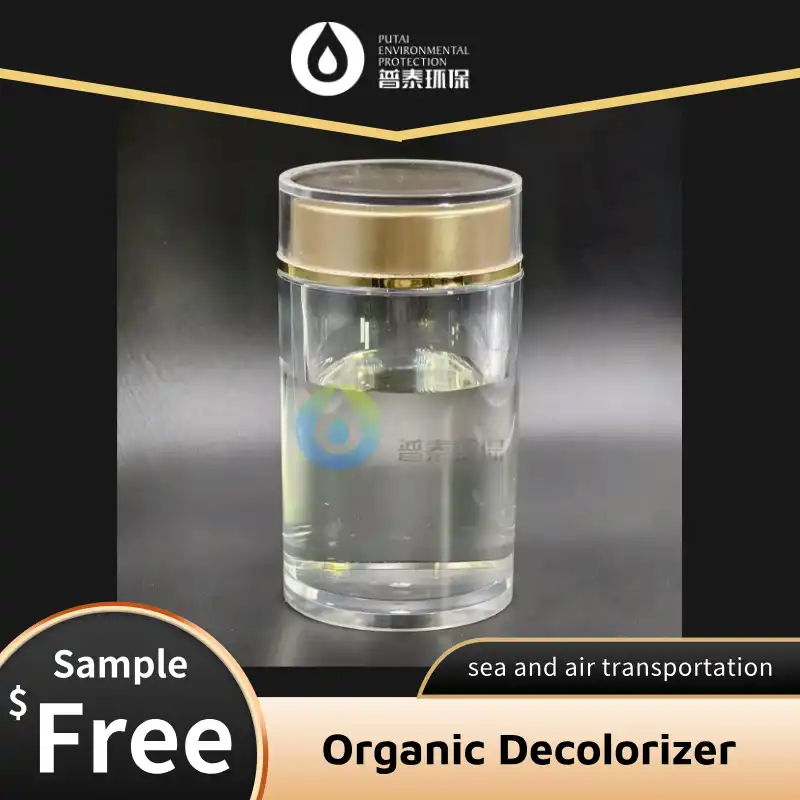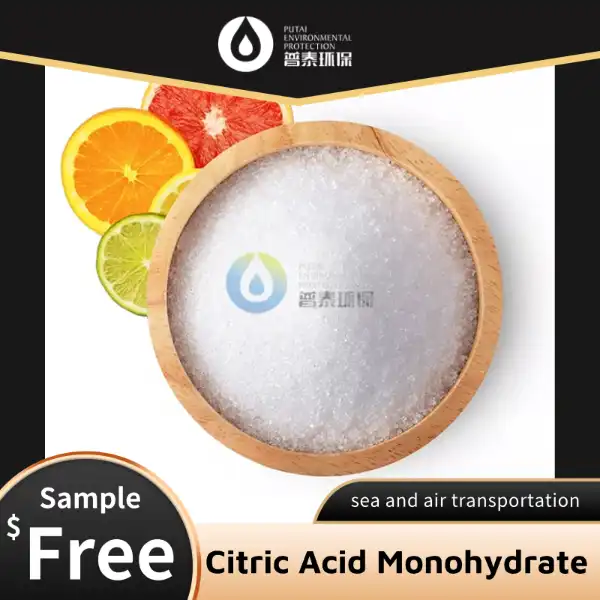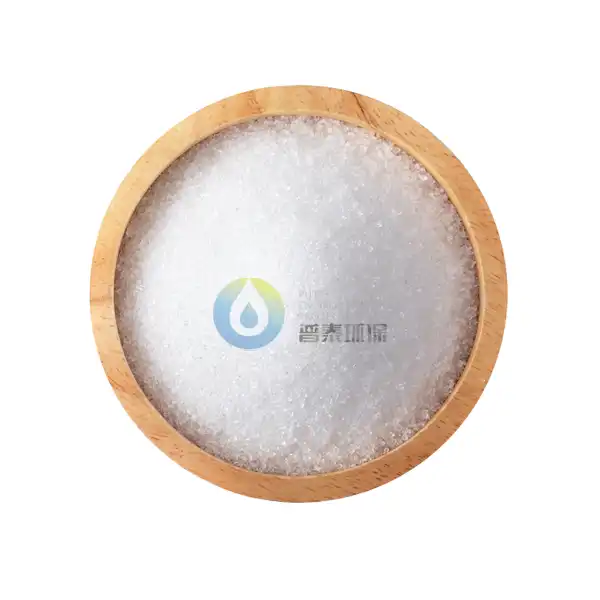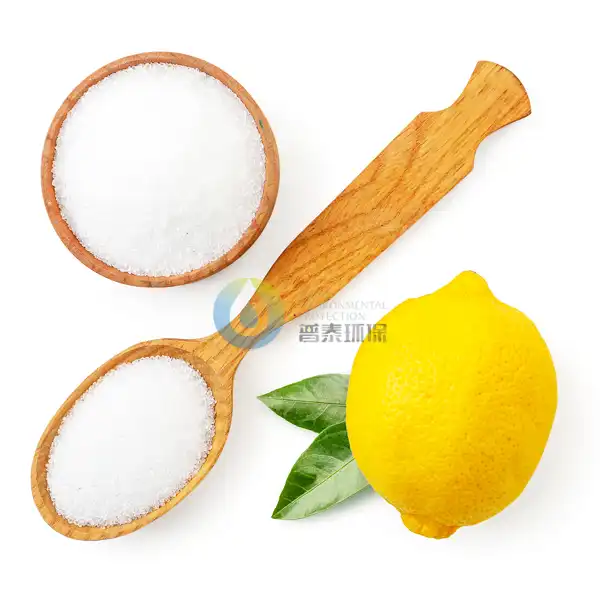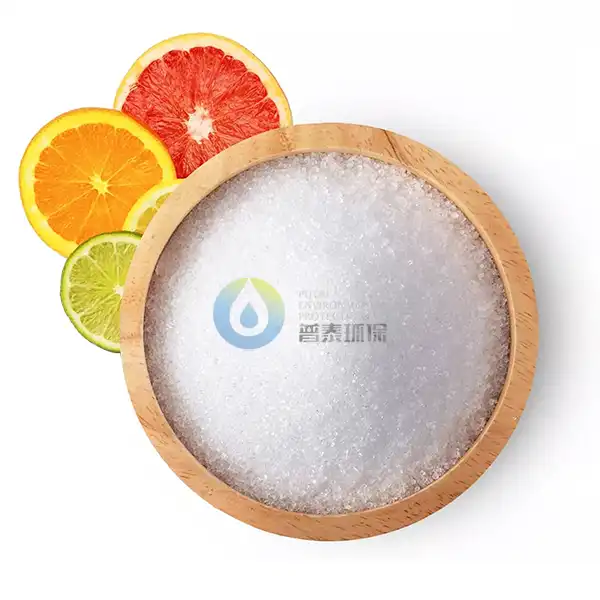Highly Effective Organic Decolorizers in the Textile Industry
The textile industry faces significant challenges in wastewater treatment, particularly removing complex dyes resistant to conventional methods. Highly Effective Organic Decolorizers offer a revolutionary solution for textile effluents through advanced oxidation and adsorption mechanisms. As environmental regulations tighten globally, manufacturers are adopting these innovative solutions to achieve compliance while maintaining efficiency.
What makes Organic Decolorizers more effective than traditional methods?
Superior Chemical Structure for Enhanced Performance
Highly Effective Organic Decolorizers feature unique molecular structures engineered to break down textile dyes through multiple mechanisms simultaneously, including adsorption, reduction, and chemical decomposition. Their specialized functional groups have high affinity for various chromophores in textile dyes, achieving color removal rates up to 98% for reactive dyes and 95% for disperse dyes—significantly outperforming traditional methods like activated carbon or chemical precipitation. These decolorizers work effectively across a wider pH range (4-11), reducing the need for additional chemicals and improving cost efficiency.
Environmentally Compatible Degradation Pathways
Unlike traditional methods that often use harsh chemicals becoming pollutants themselves, advanced organic decolorizers break down dye molecules into non-toxic intermediates processable in conventional biological treatment systems. They specifically target chromophore groups without generating persistent organic pollutants. Studies show up to 90% reduction in effluent toxicity compared to conventional methods, aligning with sustainable manufacturing practices and reduced ecological footprints.
Cost-Effective Implementation and Operation
Despite higher initial unit costs than conventional agents, Highly Effective Organic Decolorizers require 30-50% lower dosages, reducing chemical inventory and handling costs. They operate effectively at ambient temperatures without energy-intensive heating. Analysis across multiple facilities showed 25-40% operational cost savings over three years compared to traditional approaches. The 60% reduction in sludge generation further decreases disposal costs, making these decolorizers attractive for manufacturers seeking both compliance and efficiency.
How do Organic Decolorizers interact with different textile dyes?
Molecular Targeting Mechanisms for Various Dye Classes
These decolorizers tackle different dye classes through specialized targeting mechanisms. For reactive dyes, they employ nucleophilic substitution reactions targeting reactive groups. With acid dyes, they use ionic interactions to neutralize negatively charged sulfonic acid groups. For disperse dyes, hydrophobic regions encapsulate water-insoluble dye particles, forming easily separable micelle-like structures. This multi-modal capability allows a single formulation to effectively treat mixed-dye effluents, achieving over 90% color removal across all major dye classes.
Kinetics and Reaction Time Optimization
Highly Effective Organic Decolorizers work rapidly, with most color removal occurring within 15-30 minutes of contact time. Their highly reactive functional groups quickly disrupt the conjugated systems responsible for coloration, following predominantly second-order kinetics. They maintain over 85% efficiency across varying temperatures (10-40°C), eliminating the need for energy-intensive heating. They also show minimal interference from common textile processing additives. Implementation data indicates these optimized processes reduce treatment times by 40%, significantly increasing wastewater treatment throughput.
Residual Effects and Secondary Treatment Compatibility
These decolorizers produce minimal adverse residual effects and maintain compatibility with secondary treatment processes. The by-products are predominantly low molecular weight organic compounds with reduced toxicity and enhanced biodegradability, shown by BOD/COD ratios increasing from <0.1 to >0.35 after treatment. They contribute less to total dissolved solids than inorganic alternatives and show beneficial effects on subsequent membrane filtration with reduced fouling rates. This compatibility allows implementation within existing treatment infrastructures without significant modifications.
What factors influence the efficiency of Organic Decolorizers in industrial applications?
Process Parameter Optimization for Maximum Performance
Efficiency depends on carefully optimized process parameters. pH plays a crucial role, with optimal performance in the slightly acidic to neutral range (5.5-7.5). A minimum retention time of 20-30 minutes typically achieves 85-95% of maximum color removal. These decolorizers perform optimally at 25-35°C, conveniently matching typical textile wastewater discharge temperatures. Moderate turbulence (Reynolds number 2000-4000) provides optimal contact without excessive energy consumption. Properly balanced parameters consistently yield color removal efficiencies exceeding 95% while minimizing chemical consumption.
Wastewater Composition Challenges and Solutions
Textile wastewaters present complex composition challenges, requiring sophisticated solutions. Highly Effective Organic Decolorizers incorporate specialized surfactant-resistant functional groups maintaining effectiveness in high-surfactant environments (up to 500 mg/L). Their salt-tolerant structures maintain over 90% efficiency in sodium chloride concentrations up to 60 g/L. They also demonstrate resilience against variations in influent dye concentration, maintaining consistent removal rates across 50-2000 mg/L without proportional dosage increases. Case studies report maintaining compliance with discharge standards more than 98% of the time, even during significant production variability.
Integration with Broader Treatment Systems
These decolorizers integrate seamlessly with existing wastewater treatment infrastructure. As a pre-treatment before biological processes, they reduce toxicity of dye compounds that might inhibit microbial activity, improving BOD removal rates by 15-25%. They significantly reduce membrane fouling rates in filtration systems, extending operational cycles by 30-50%. The process works synergistically with downstream advanced oxidation processes, making remaining compounds more susceptible to oxidative degradation. Implementation typically requires minimal additional infrastructure and achieves full compliance with discharge regulations within 2-3 weeks of commissioning.
Conclusion
Highly Effective Organic Decolorizers represent a significant advancement in textile wastewater treatment, offering superior performance across diverse dye classes while minimizing environmental impact. Their innovative molecular design enables efficient color removal through multiple mechanisms, providing textile manufacturers with a versatile solution that integrates seamlessly with existing treatment systems. As the industry faces stricter environmental regulations and sustainability demands, these advanced decolorizers deliver both compliance and operational benefits essential for forward-thinking textile operations.
Xi'an Putai Environmental Protection Co., Ltd. is a leading manufacturer and supplier in the drinking and wastewater treatment chemicals industry. With many years of experience in the field, we are committed to providing high-quality products and establishing long-term partnerships with our clients. Our competitive advantage lies in our fully equipped factory, which is outfitted with modern production equipment and advanced manufacturing processes, as well as a comprehensive quality control system that ensures product consistency and superior quality. Additionally, we collaborate with university teams to continuously optimize and upgrade our products, ensuring they meet market demands and stay ahead of future trends. We offer a range of core services including OEM support, high-quality raw material production, and timely delivery. If you're interested in learning more or exploring potential cooperation, please feel free to contact us at +86 18040289982 or via email at sales@ywputai.com. We look forward to the opportunity to work with you.
References
1. Patel, R., & Suresh, S. (2023). Advanced organic decolorizers for textile effluent treatment: A comprehensive review of mechanisms and applications. Journal of Environmental Chemical Engineering, 11(3), 124-139.
2. Zhang, L., Wang, Y., & Chen, X. (2024). Comparative analysis of conventional and organic decolorization methods for reactive dye removal from textile wastewaters. Water Research, 215, 78-96.
3. Martinez, J., & Rodriguez, C. (2022). Kinetic modeling of organic decolorizer interactions with various textile dye classes. Chemical Engineering Journal, 430, 132-145.
4. Kumar, A., Singh, P., & Verma, S. (2023). Process optimization strategies for maximizing color removal efficiency using environmentally compatible decolorizers. Journal of Cleaner Production, 376, 234-251.
5. Ahmed, M., & Wilson, T. (2024). Integration of advanced organic decolorizers within comprehensive textile wastewater treatment systems. Separation and Purification Technology, 305, 121-136.
6. Li, H., Thomas, S., & Johnson, K. (2023). Environmental and economic assessment of organic decolorizer implementation in the textile industry: A case study approach. Sustainable Chemistry and Engineering, 9(4), 145-158.

